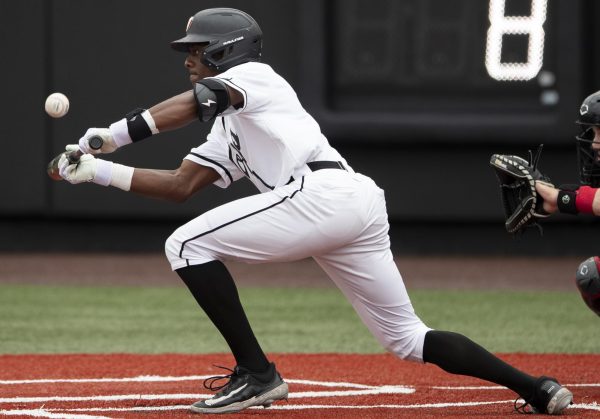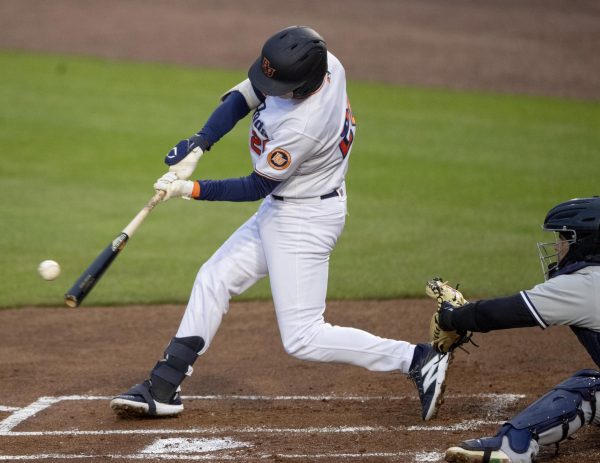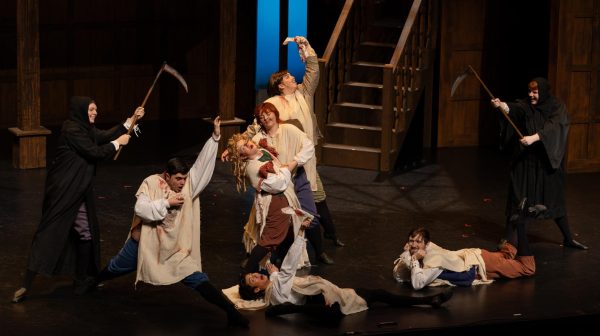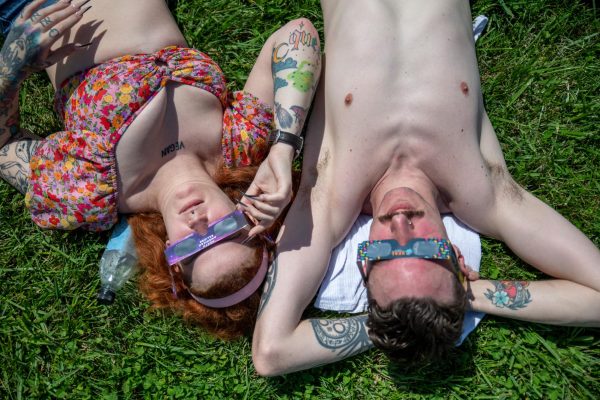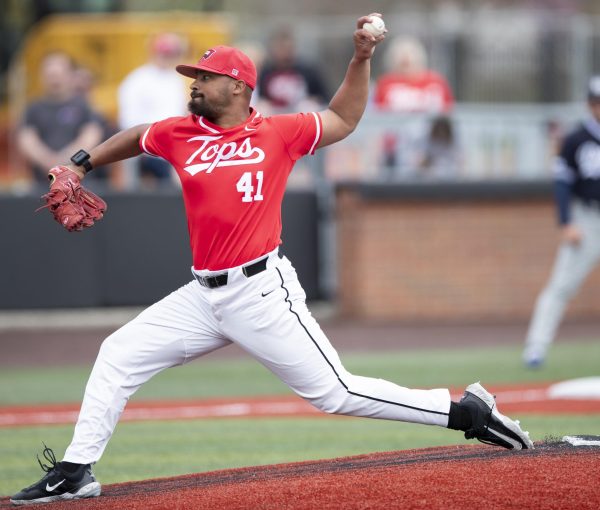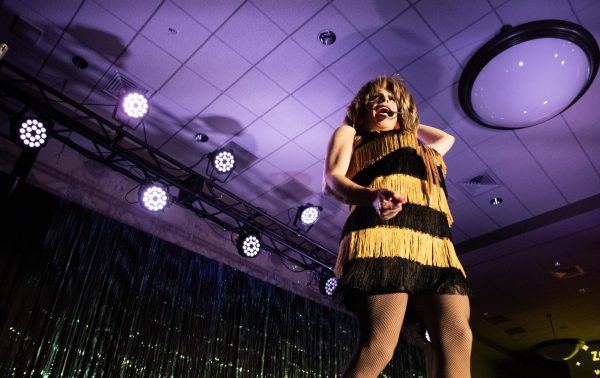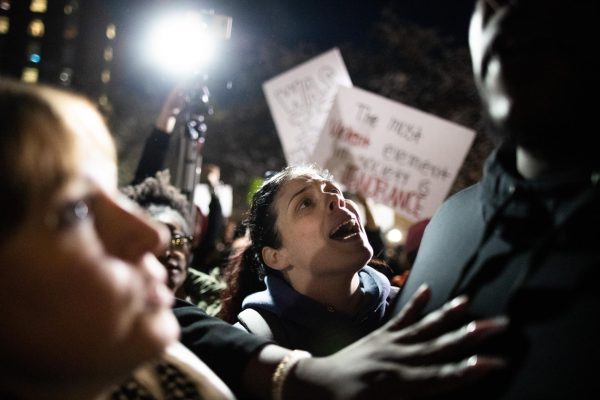PHOTO GALLERY: The evolution of black hair
November 27, 2017
Photos and copy by Ebony Cox
There is a beauty within black hair. It’s big, bold and makes a statement. Each strand, curl and hair type is different. It’s versatile and able to be styled many ways. For the longest time, black hair has also been deemed unkempt, unprofessional and ugly.
Corporate America oppresses self-expression through hairstyles or the natural state of hair of African Americans. In the workplace women have been asked to straighten their hair or wear a weave while men have been asked to cut their dreads so that it is less distracting.
The significance of black hairstyles stretches back throughout history. Cornrows and other braiding styles were used during slavery, with different hairstyles holding their own meaning. Tight braids to the scalp tied into buns was a signal that slaves wanted to escape while curved braids represented roads they’d use to escape. In the late 1960s and early 1970s the afro became both a popular hairstyle and a political statement.
The significance of black hairstyles are still seen in todays society. Students reflect on personal experiences and their journey of black hair.


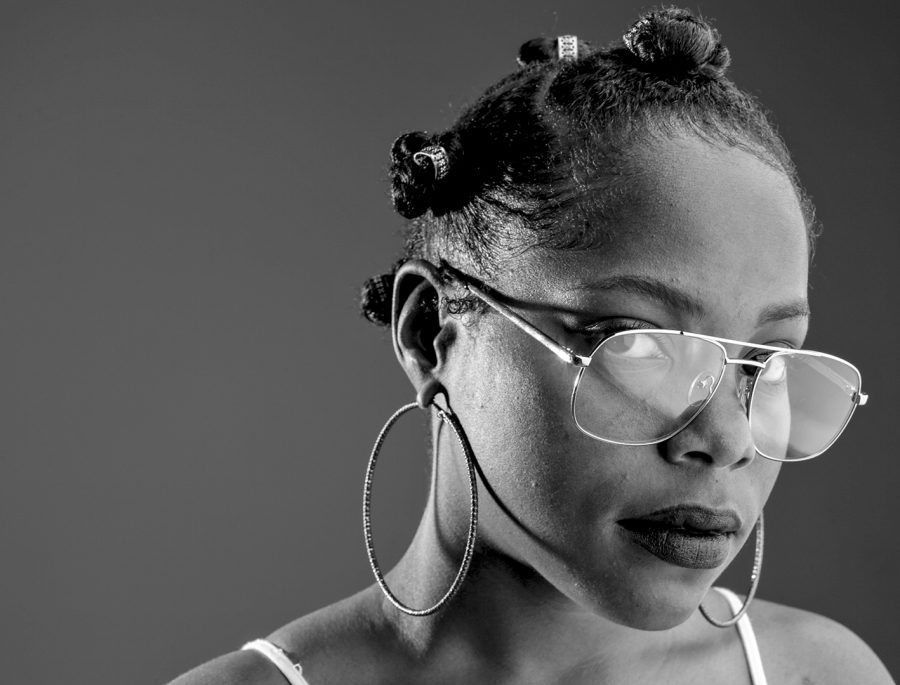







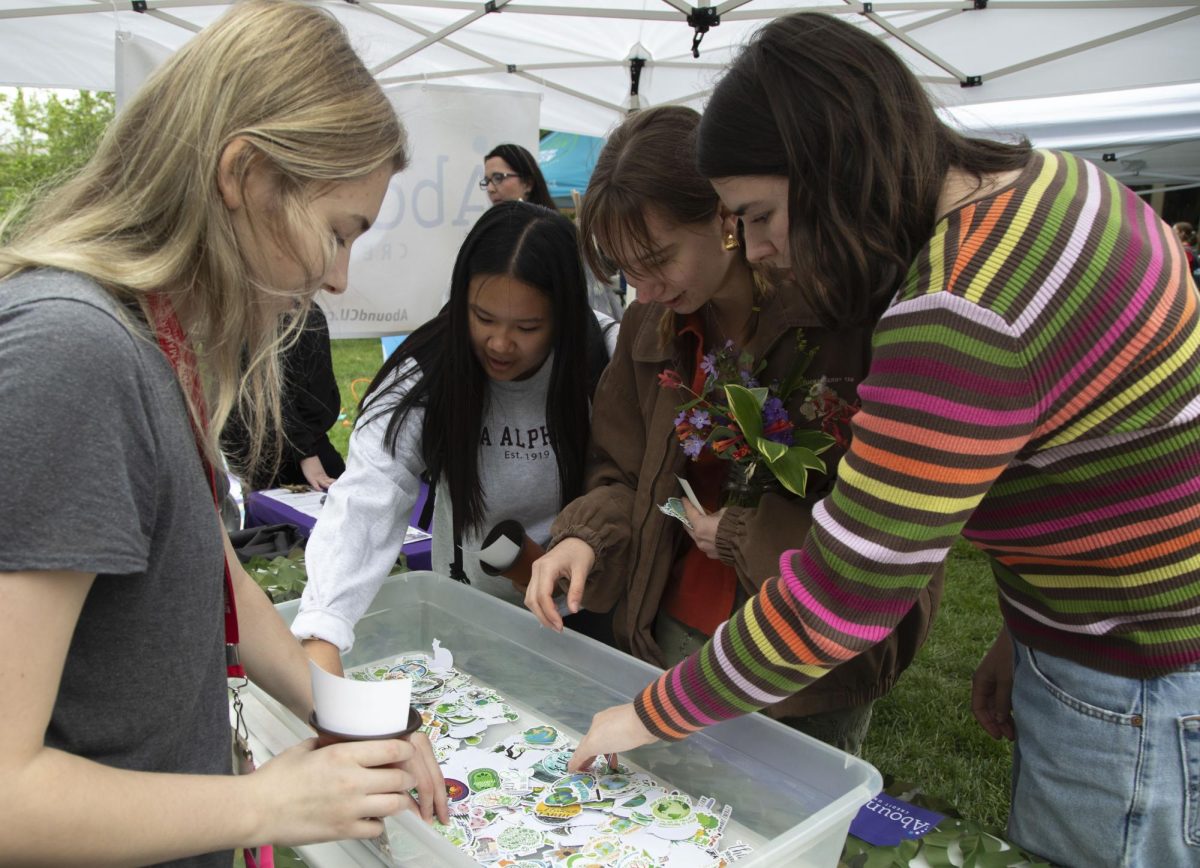
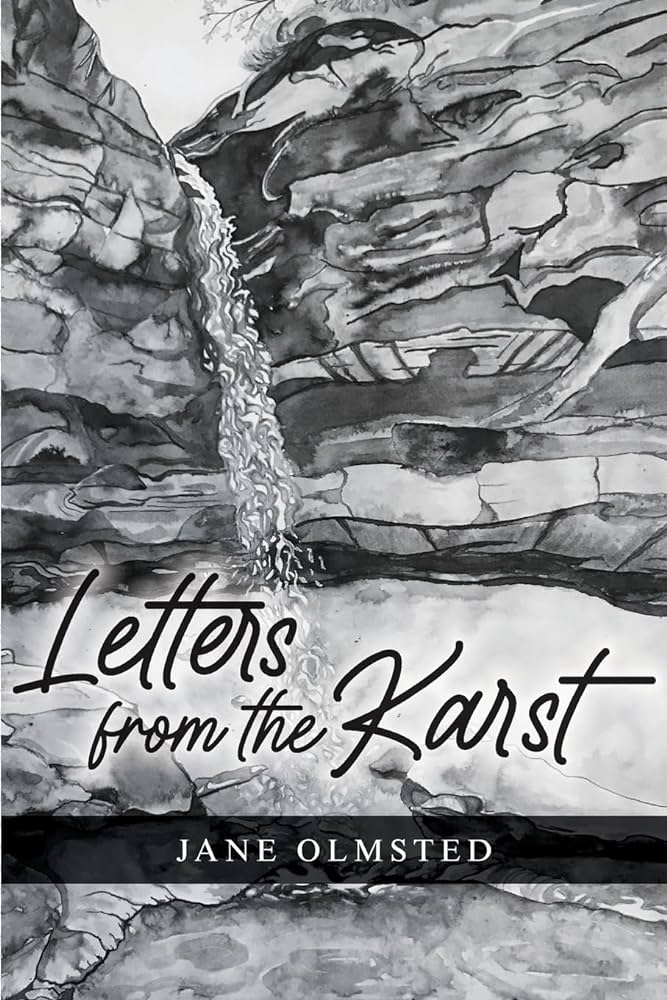
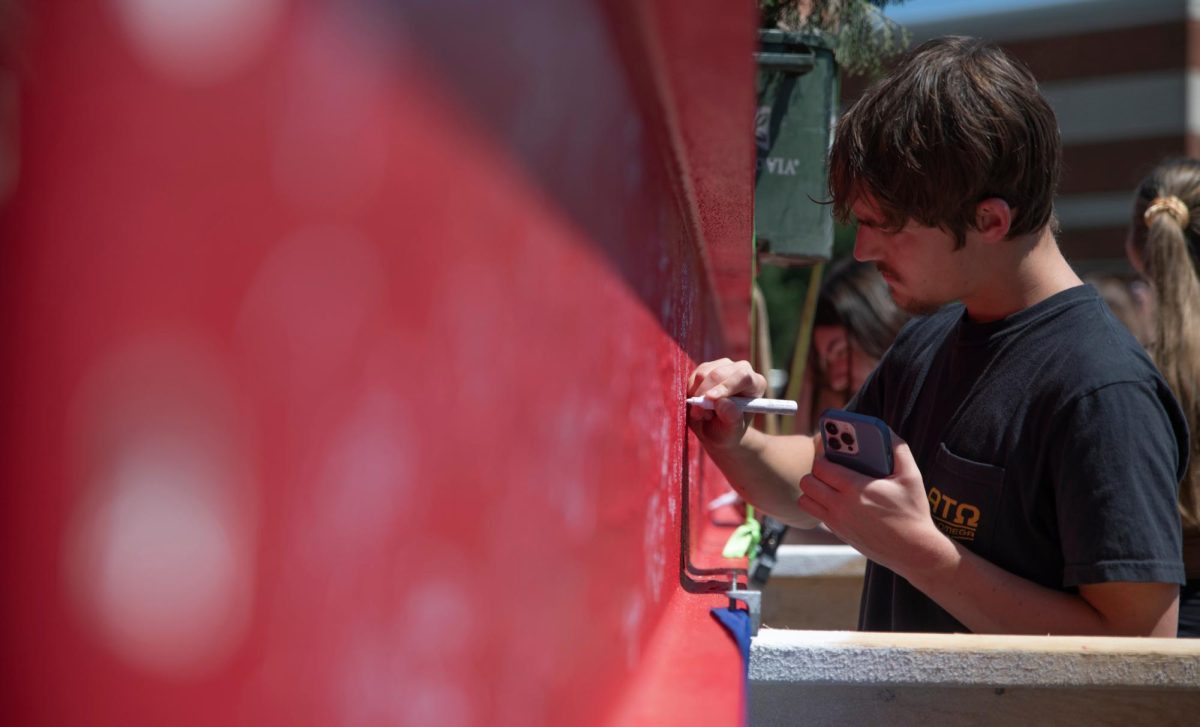


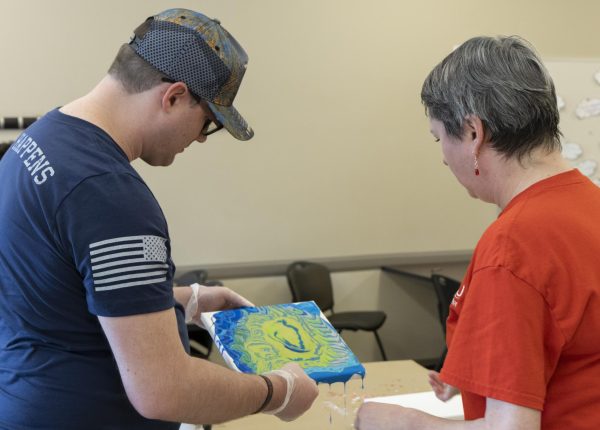
![Kallie Wood, a senior social work major, presents her dish as a part of the Afrolatinidad event on Monday, April 8, 2024. My dish has a little bit of Spanish influence [and] a little bit of African influence,” Wood said.](https://wkuherald.com/wp-content/uploads/2024/04/marlowe_afrolatinadad_02-600x400.jpg)
